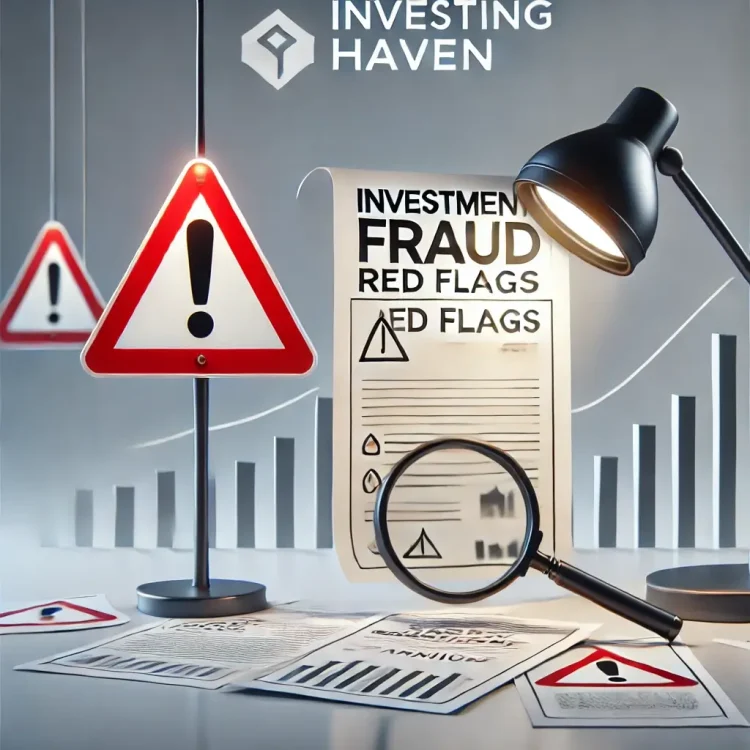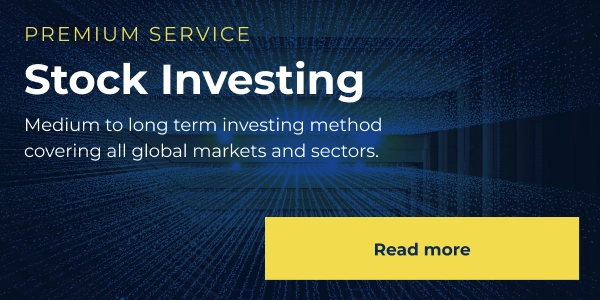Investment Frauds: What Are the Red Flags?
Blockchain technologies and the digitalization of financial sectors have brought significant changes. Investing in the financial markets, especially cryptocurrencies, has become as easy as pie.
People may buy shares, swap digital assets, or find new investment opportunities with one button. Along with legitimate financial activities, scams targeting novice and expert investors have grown. Ponzi schemes, fake initial coin offerings (ICOs), fake trading platforms, and low-risk, high-return investment propositions are only a few investment-related scams.
Most of these scams are deceptively designed to feel legitimate in order to trick victims. Fraudsters use social media, fake endorsements, AI, and deepfake technology to appear trustworthy. Ignorant of these warning indications, investors may quickly lose big amounts of money.
Sensitive Information Risks and Leakage
Investment scams expose victims to serious cybersecurity issues. These include leaking private information and losing money. Scammers typically gather critical data through tools like phishing, malware, and data breaches.
Even with online transactions, choosing the right investment is crucial for financial security. Knowing how scams run and how to stop them makes all the difference in keeping one secure in a world of banking that is getting more and more digital.
How Do These Frauds Work?
Old chips are off the block, and investment scams have been around since the pre-digits. Scammers now have more opportunities than ever because of the internet age.
Scammers approach victims in various ways. They use aggressive sales tactics, claims of low risk, guaranteed returns, and fake success stories. They all provide a sense of authenticity and the potential to profit quickly. Bitcoin-based scams have emerged at a significant rate.
The World of Ponzi Schemes
The Ponzi scheme is the most often occurring type of investment fraud. In it, new or prior investors get rewards while no actual profit is made. Most members suffer major losses, and the scheme fails when new investors stop joining.
Another often-used strategy is fake ICOs. Frauds create fake or high-paying bitcoin businesses, offering great returns with cutting-edge technologies. They collect money from investors during the first offering to vanish without presenting any meaningful ROI or any sort of gain. Most areas still have mostly uncontrolled Bitcoin markets. Therefore, it is usually tricky to retrieve stolen money from such scams.
Furthermore, fraudulent trading websites pose a serious and growing threat to investors. Some websites offer guaranteed returns and the most modern trading tools. They rig prices or freeze withdrawals, depriving investors of their money back-off. Scammers use fake dashboards with rising balances to get investors to invest more before disappearing.
Spotting Investment Scams
Most scammers rely primarily on manipulation and deception. However, there are warning indicators that might help recognize fraudulent schemes. The promise of assured great profits with little or no risk raises one of the most serious red flags or warnings. Any platform that purports to be risk-free should be approached with extreme caution. No legitimate investment is completely risk-free.
Another common warning indication is pressure strategies. Fraudsters create a false sense of urgency by claiming that there is a limited window of opportunity or that prices will soon rise. Aggressive sales pressure drives investors to make quick decisions without proper investigation.
- Lack of openness might be a red flag. Most investment scams provide little or no information about their company, management, or financial history.
- Avoid an investment platform that does not clearly define its business model or how it generates money.
- Scammers frequently use celebrity sponsorships and fabricated testimonies or endorsements to build credibility.
Deepfake technologies and artificial intelligence-generated content have made it easier for fraudsters to create public figure endorsements. Instead of depending on promotional materials, investors have to constantly cross-check claims independently.
Finally, one should approach uncontrolled sites with suspicion. The majority of fraudulent trading sites operate in areas with little control. This makes it difficult for victims to continue legally. A website’s registration with the financial regulatory authorities should be checked before investing.
Online Security’s Role in Stopping Frauds
Investors must safeguard their online financial transactions even if it is crucial to recognize scams. The majority of scams use phishing. In these cases, scammers pose as reputable companies to obtain login details or financial information. Clicking on a suspicious link or supplying information on a fake website could cause immediate financial loss.
Virtual Private Network Dynamic
Using a Virtual Private Network (VPN) helps effectively boost your online security. Internet communication is encrypted with a VPN, making it difficult for hackers to access private data. This is especially important for investors using public Wi-Fi networks. Cybercriminals often set up fake hotspots to gather data. For people who don’t know how to use a VPN, there are plenty of setup guides available online to explain the entire process.
Apart from encryption, a VPN shields you from dangerous websites. Most scams employ almost identical fake investment websites. The risk of unintentionally stumbling into a trap is reduced by some advanced VPN capabilities. A VPN blocks access to recognized phishing websites.
Moreover, a VPN might help investors keep their transactions private. Trackers used by scammers help them identify and target victims based on their online behavior. A VPN hides their IP address, making it difficult for scammers to profile and influence an investment.
Protecting Your Investments
The exponential growth of online investing has allowed real investors and spammers to profit from new players. To reduce the fraud risk, it’s important to understand how scams work, spot red flags, and use strong cybersecurity measures.
Due diligence is required prior to making any investment. Investors should check credentials, do their homework, and ensure the platform is compliant. Usually, something that looks too wonderful to be true is true.





